
Ingredient
Wine flavour
Unlocking the Essence of Wine
Wine flavor is a complex sensory experience that is influenced by various factors, including grape variety, terroir, winemaking techniques, and aging. It encompasses a wide range of aromas, tastes, and textures, making wine a fascinating and diverse beverage.
Origins and history
The origins of wine can be traced back thousands of years to ancient civilizations in Mesopotamia, Egypt, and Greece. Wine has played a significant role in religious ceremonies, social gatherings, and cultural traditions throughout history. Today, wine is produced in numerous countries around the world, each with its own unique winemaking traditions and styles.
Nutritional information
Wine is a complex beverage that contains various compounds, including alcohol, sugars, acids, tannins, and phenolic compounds. The nutritional content of wine varies depending on the type and style, but it generally provides calories from alcohol and carbohydrates.
Allergens
Wine may contain sulfites, which can cause allergic reactions in some individuals. It is also important to note that excessive consumption of alcohol can have negative health effects.
How to select
When selecting wine, consider the grape variety, region, vintage, and style. Look for wines that are well-balanced, with harmonious flavors and aromas. It can be helpful to read reviews or consult with knowledgeable wine professionals for guidance.
Storage recommendations
To preserve the freshness and quality of wine, store it in a cool, dark place away from direct sunlight and temperature fluctuations. Opened bottles should be resealed and stored in the refrigerator to slow down oxidation.
How to produce
Producing wine requires specialized knowledge, equipment, and resources. It involves growing grapes, harvesting, fermenting the juice, aging the wine, and bottling. Winemaking can be a complex and time-consuming process that requires attention to detail and patience.
Preparation tips
To fully appreciate the flavors and aromas of wine, it is important to serve it at the appropriate temperature and use suitable glassware. Different wines have different serving temperatures, and using the right glass can enhance the sensory experience.
Substitutions
There are no direct substitutions for wine flavor, as it is a unique sensory experience. However, non-alcoholic alternatives, such as grape juice or flavored water, can provide similar flavor profiles in certain recipes.
Culinary uses
Wine is a versatile ingredient that is commonly used in cooking and baking. It adds depth, complexity, and acidity to sauces, marinades, stews, and desserts. Wine is also enjoyed on its own as a beverage, paired with various foods, or used for toasting and celebrations.
Availability
Wine is produced in numerous countries around the world, including France, Italy, Spain, the United States, Australia, and Argentina. Each region has its own unique wine styles and grape varieties.
More ingredients from this category » Browse all
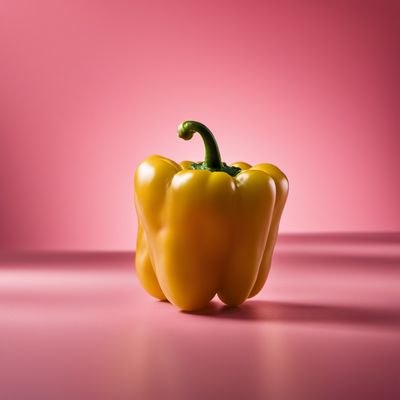
Capsicum flavour
The Fiery Essence: Capsicum Flavor

Grenadine flavour
The Essence of Grenadine

Cream flavour
The Essence of Cream

Cappuccino flavour
Indulge in the Richness of Cappuccino Flavor
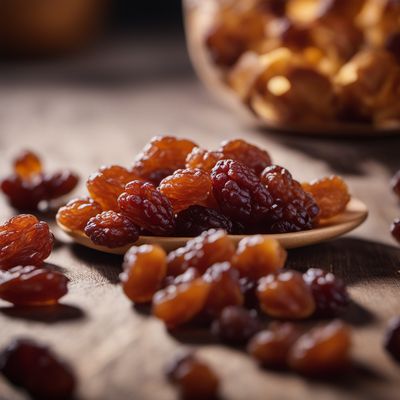
Raisins flavour
The Sweet Essence of Sun-Dried Grapes
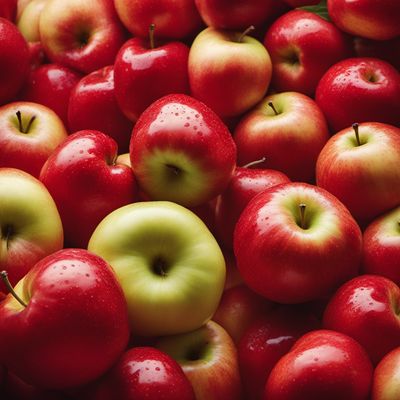
Apple red flavour
"The Vibrant Essence of Red Apples: A Burst of Flavor"

Black tea flavour
Unveiling the Essence: Exploring the Aromatic World of Black Tea Flavor
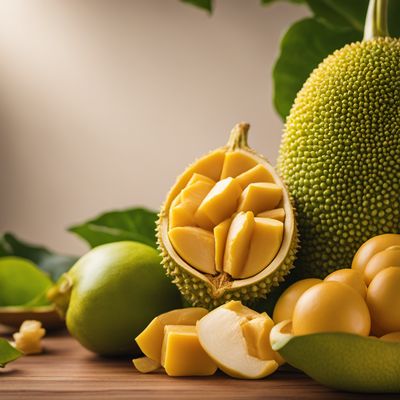
Jackfruit flavour
The Tropical Delight
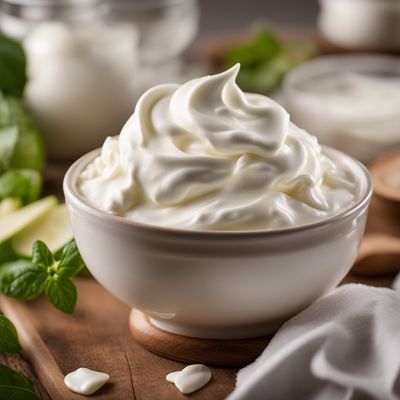
Sour cream flavour
The Creamy Tang

Herbs flavour
The Essence of Nature
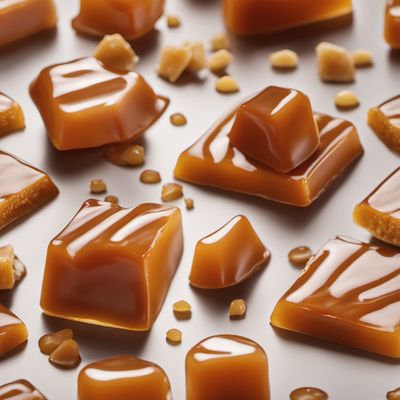
Caramel flavour
The Sweet Symphony of Caramel

Tonic flavour
"The Zest of Tonic: Unleashing the Vibrant Flavors of a Culinary Essential"